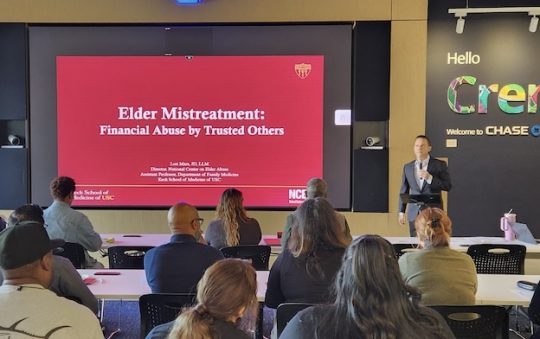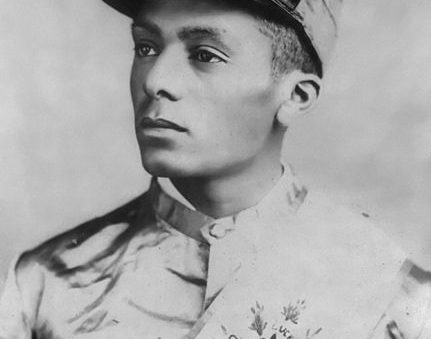
Journalist. Reporter. Public Relations. Survivor. Gail Campbell Woolley lived her life with a purpose she intended to see through—and she did. She succumbed to sickle cell anemia in 2015 but she left a gift to continue her legacy. In her memoir, “Soar”, Woolley encourages the reader to overcome while raising awareness about sickle cell anemia.
A native of Washington D.C., Woolley was diagnosed at age seven with sickle cell anemia. Her young life was stamped with the awful prognosis that she would be dead before the age 35. Despite the grim news, Woolley made up her mind that her life would count.
She studied journalism and international relations at Syracuse University. During her years as a journalist, Woolley worked as a reporter for the Washington Star, the Baltimore Sun, and the Washington Times before beginning a career in corporate public relations. Her husband, Howard Woolley, states that it wasn’t an easy road but she stayed her course.
“From age seven until she was about 30—sickle cell crisises were at the level that required a hospital visit,” said Howard, “five or six times a year, for the first 30 years of her life.”
They both met attending Syracuse University, where they fell in love. It was that love that carried them through numerous midnight runs to the hospital and “going to the emergency room and dealing with whoever was on duty that evening.”
Howard continued, “There is a lot of ignorance in the medical community about sickle cell and there is a lot of difficulty for sickle cell patients to get the levels of pain medication they need when they go to a hospital.
“The medical personnel often believe they are there seeking drugs—the kinds of pain medication that a sickle cell [patient] needs to fight a sickle cell crisis would take a normal person out.”
Even though Woolley endured numerous operations which included hip and knee replacements, she didn’t allow sickle cell to dictate the quality or limits of her life, if anything, it propelled her forward. She did just about everything from scuba diving to safaris to traveling to every continent except Antarctica.
“Three years before she passed, a lot of things happened,” said Howard. “She had arthritis in her ankle and she had postponed dealing with that for two decades.”

Woolley ended up needing an amputation and it wasn’t long after that Howard said she stated God was talking to her and telling her that she had a purpose to fulfill. This is where her book “Soar” began, as she journaled the details of her life.
“Soar” tells a powerful story to inspire readers to follow their dreams no matter the circumstances. In the book, Woolley also raises awareness about the suffering of and current available treatment for individuals diagnosed with sickle cell, a painful, often overlooked disease that primarily affects people of color. In sharing her story, Woolley hoped to shed light on this genetic condition that affects an estimated 100,000 people in the United States alone.
“She started writing in earnest in late 2012 and did a lot of the writing at her vacation [residence],” said Howard. “She finished the manuscript in February 2015 three weeks before she died.”
The last item on her bucket list, it was Woolley’s hope that “Soar” would help readers to reassess their own approaches to life. Howard, a sickle cell advocate, stressed the importance of becoming involved in the fight against sickle cell disease.
“Gail lived a full life,” said Howard.
“She traveled to six of the seven continents, she had a fantastic career and there are a lot of ‘Gails’ out there that aren’t as fortunate.
“Those people need the support of the community, they need funding, medical support, job support and we need to constantly work with the medical and pharmaceutical community in finding cures for sickle cell.”
“Soar” is available online and in stores now.





